
1. Some Little Information Regarding Our Galaxy formation.
Whenever we raise our eyes and look at the sky in the distance, we are stunned to see its color and the brightness of the stars. When we see from the earth, it appears to be a canvas spread far and wide. It appeared as shiny as milky white. Looks like someone made a path out of milk. We call it the Akash Ganga or Milky Way Galaxy. This is our galaxy, and it contains all the stars visible at night. This galaxy contains our solar system in which our sun and our earth are present. It is not that there is only one solar system in this galaxy, but every year a new solar system is found. If we talk about our solar system, then about 100 billion solar systems could be present in it. Our solar system is one of those billion systems present inside the Milky Way Galaxy, of which the Sun is at the center and eight planets revolve around the sun. Name of the eight planets are 1.Mercury, 2. Venus, 3. Earth, 4. Mars, 5. Jupiter, 6. Saturn, 7. Uranus and 8. Neptune.
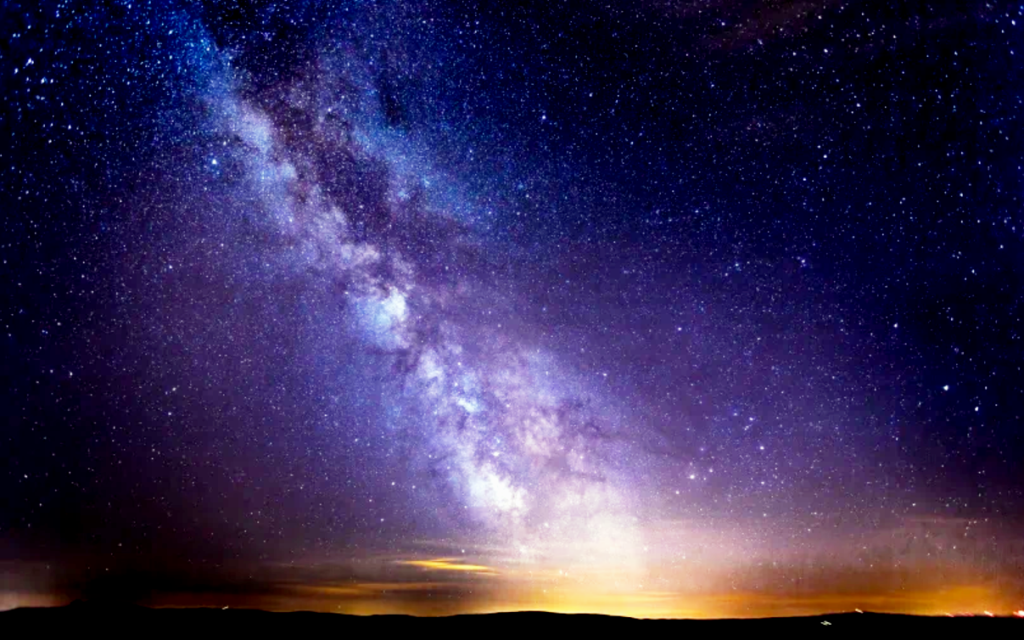
MILKY WAY GALAXY OR (AKASH GANGA)
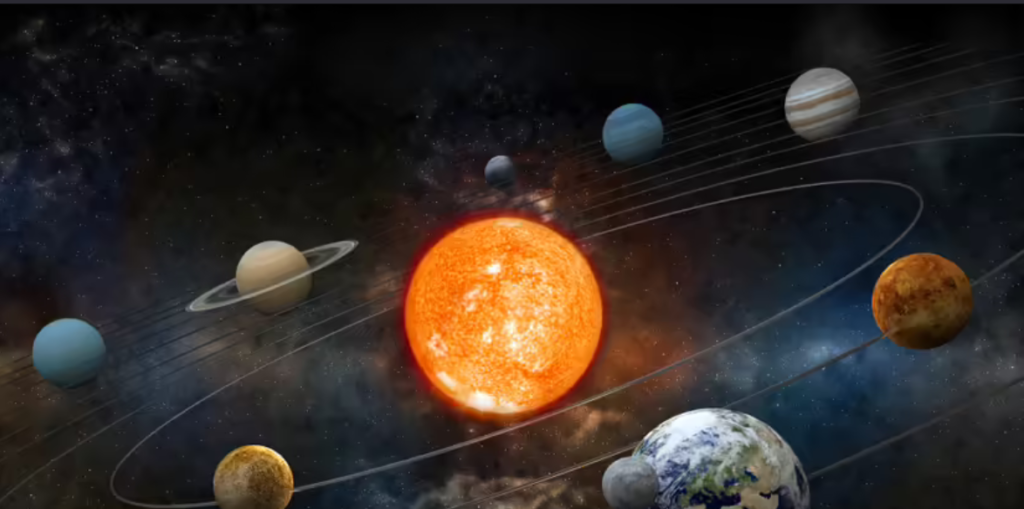
SOLAR SYSTEM
The solar system originated about 4.5 billion years ago, when a cloud of gas and dust was formed. Supernova played a role in this formation, which is called a terrible explosion in stars. When the cloud formed by it began to dissipate, it took the form of a solar nebula and as the nebula collapsed due to gravity, it converted into a disk. Very high pressure started increasing in the center of this disk of matter. Due to this pressure, hydrogen atoms started combining to form helium. Due to this, a lot of energy was released and from this energy the sun was born. The Sun established itself at the center of the solar system.

In the outer part of this disk, the matter kept colliding with each other, and they started merging with each other to form dwarf planets, asteroids, moons, comets and meteorites.In this manner, the entire solar system was formed, in which, apart from the Sun, Mercury, Venice or Earth, March, Jupiter the, Saturn, Uranus and Neptune, eight planets were formed and apart from this planet, dwarf planet like Pluto, Moon, Meteorite and asteroid became part of our solar system. New studies done on the solar system show that the formation of stars started due to the collision of the Milky Way galaxy and the Sagittarius Galaxy. Due to the collision of two galaxies, a lot of gas was born and the cloud of gases came together, which started the process of formation of the solar system. This system made up of the Sun and eight planets was named the Solar System and got this name because of the Sun because the Sun is the center of this solar system. We know that the Sun is stable at its place and all the planets, including the Earth, revolve around the Sun, but the Sun also has to revolve. The Sun revolves around the Milky Way Galaxy, and it takes 250 million years to complete this revolution. The planets of the system rotate in a fixed order.
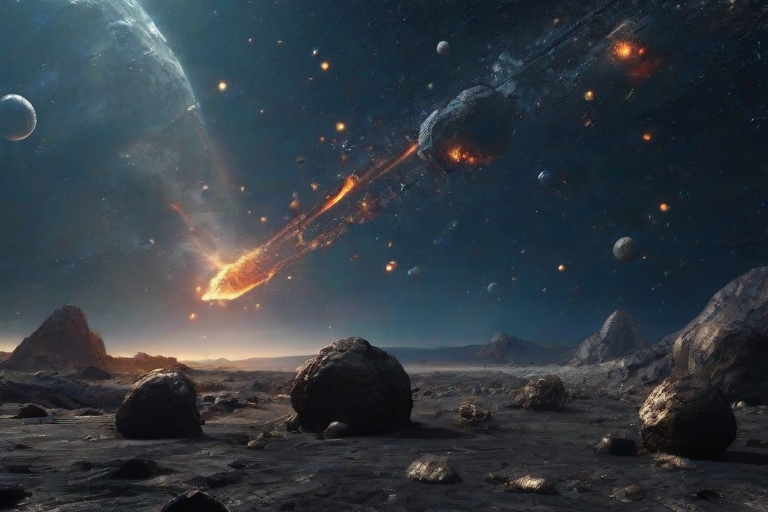
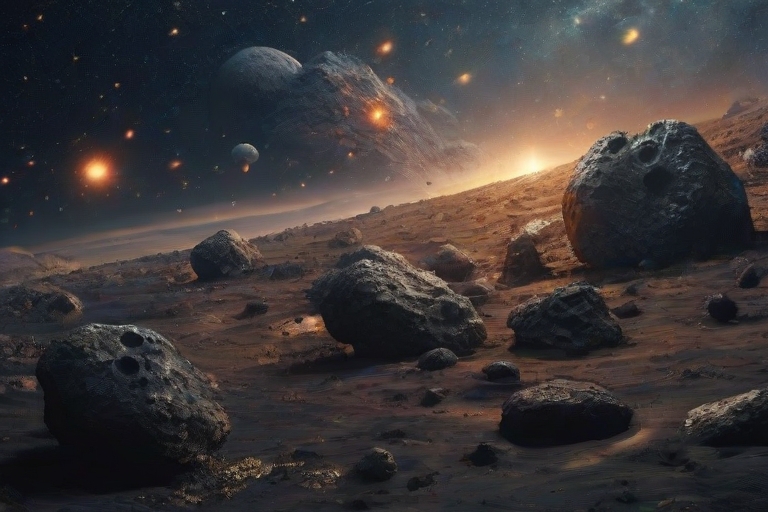
This is a picture of imagination, how the situation during the collision in our galaxy and the situation on earth.
In the solar system the eight planet always in a order, that is first one is Mercury, Venus, Earth, then others are according to their order. The reason for all the planets in the solar system being in the same order is related to the structure of all those planets and the origin of the solar system. Rocky material can have the ability to tolerate the sun’s heat, that is why the four planets closest to the sun are Mercury, Venus, Earth and Mars. These plants are also called terrestrial planets. They are smaller, and their surfaces are solid and rocky, whereas in the outer region of the solar system there are planets made of liquid and gas, including Jupiter and Saturn. Uranus and Neptune are known as ice planets. A ring system is present on these four planets. Asteroids are responsible for dividing the planets into inner and outer groups.
2. Some general details about planets and it's dimensions. (According to size the planets are mentioned)
1. Mercury: Its diameter is about 4,880 K.m and it is the smallest planet in our solar system.
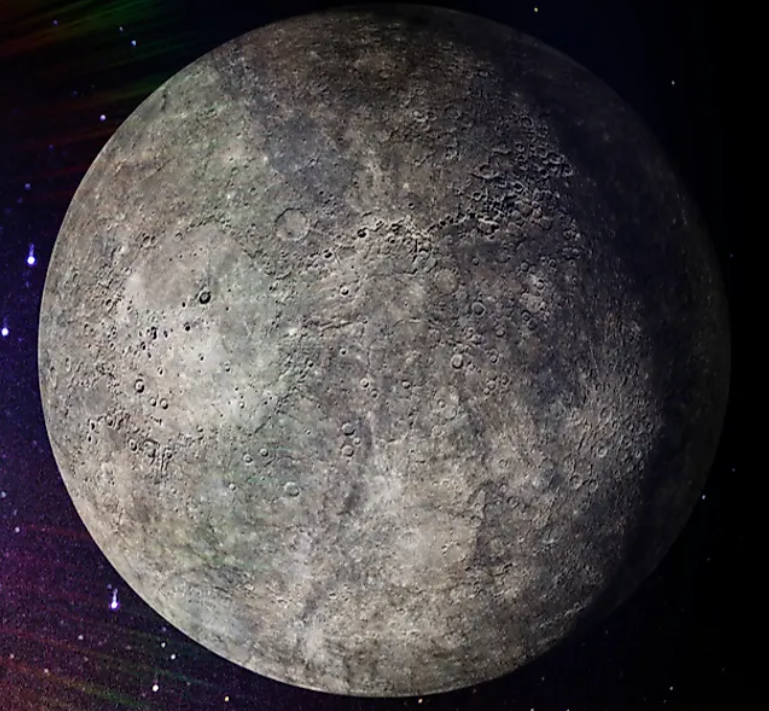
2. Mars: Its diameter is about 6,779 Km. Mars is the fourth planet from the Sun and is a rocky planet.

3. Venus: Its diameter is about 12,104 Km and its like similar size to Earth.
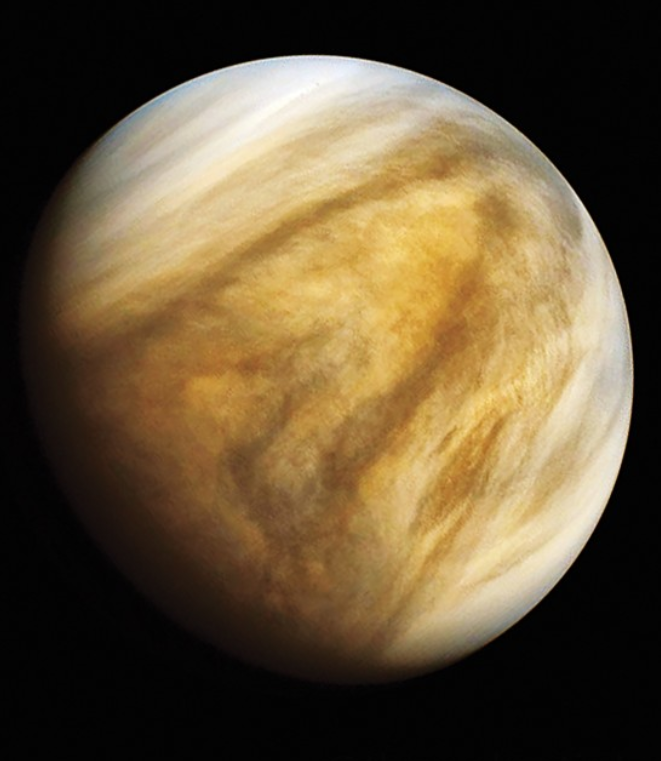
4. Earth: Its diameter is around 12,742 Km and it is the 3rd Planet from the Sun.
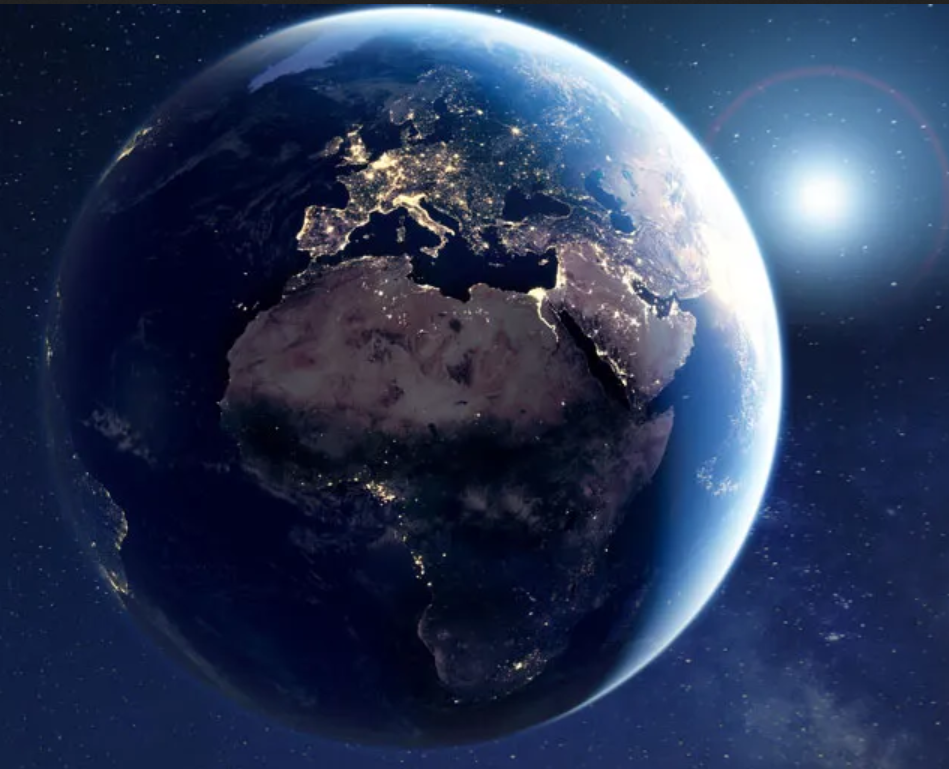
5. Neptune: Diameter of the planet is about 49,528 Km. It is a gas giant like Uranus and Jupiter. Neptune is the 8th and farthest planet from the Sun.
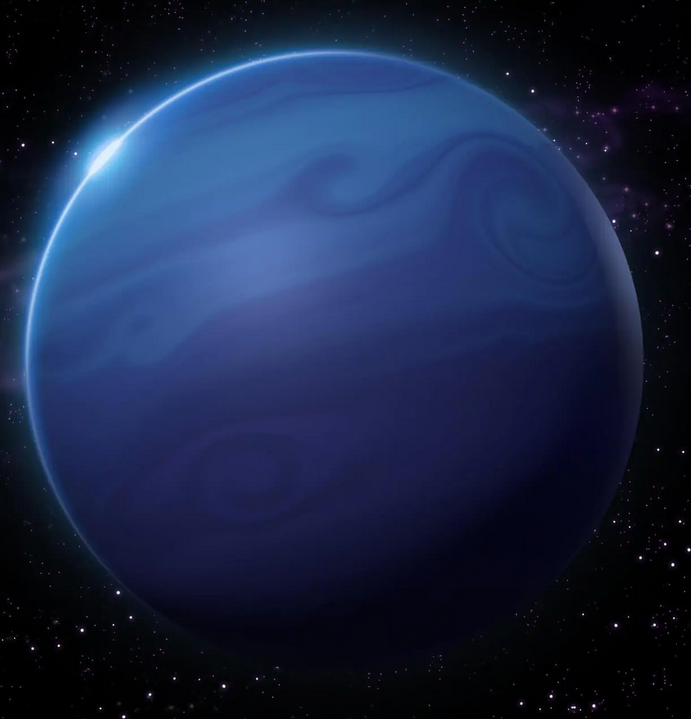
6.Uranus : Diameter of the planet is about 51,188 Km. It is a gas planet like Jupiter and it is the seventh planet from the sun.

7. SATURN: Diameter of the planet is about 1,16,464 KM . And is the sixth planet from the sun and known for its prominent ring system.

8 JUPITER: Diameter of the planet is about 1,39,820 This is the largest planet in our solar system. It is called the gas giant planet.
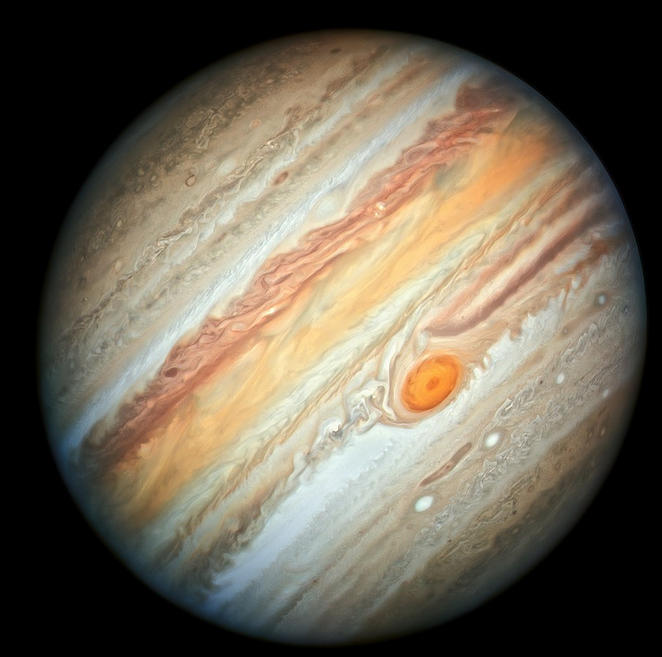
3. General facts and knowledge about Sun.
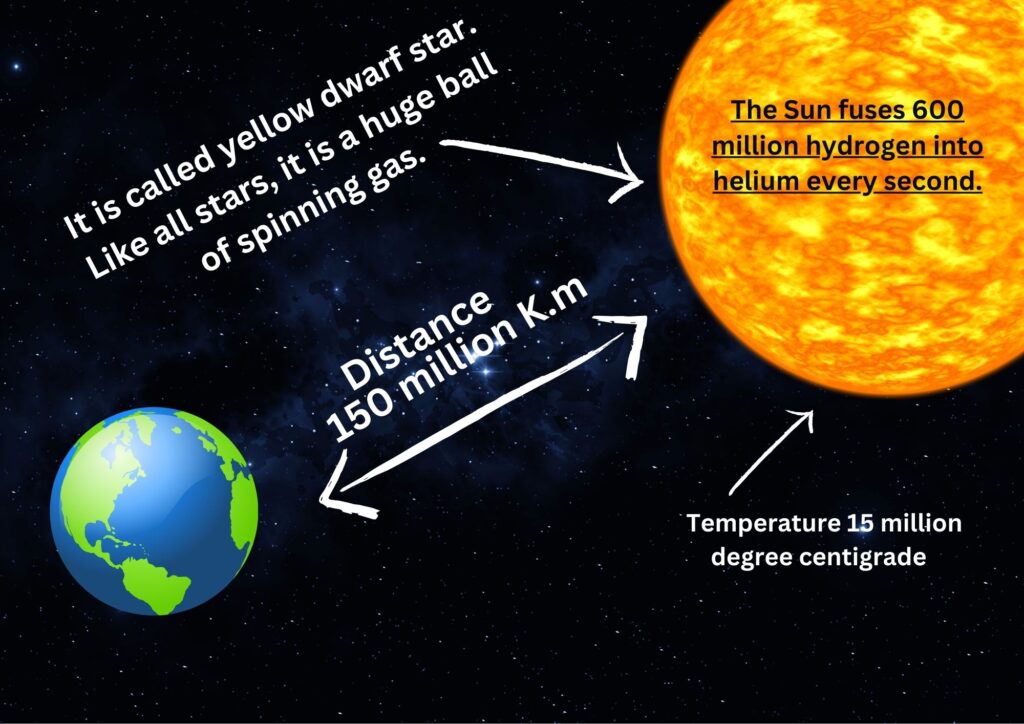
- The Sun is located in the center of the solar system and it is called yellow dwarf star. Like all stars, it is a huge ball of spinning gas.
- Energy is produced in the Sun’s core and travels to the outer part of the Sun. The high temperature and intense pressure create powerful nuclear reactions within the Sun’s core.
- There are 100 billion such stars present in the Milky Way Galaxy, but the Sun is special among them. Because it makes life possible on Planet Earth, it makes weather and climate possible on Earth.
- This ball of gas appears yellow, when seen from the Earth, but in reality it is white in color and appears yellow due to the Earth’s atmosphere.
- How huge the Sun is can be estimated from the fact that it has the same power as one million Earths.
- The diameter of the Sun is 109 times more than the diameter of the Earth.
- Even though its light reaches the Earth in 8 minutes & 17 second, its distance from the Earth is 150 million kilometers. Because of the Sun, all the planets are stuck on their respective orbits.
- The Sun fuses 600 million hydrogen into helium every second. Atoms of hydrogen smash together and fuse to form helium. This produces light and heat energy.
- The energy radiates outwards to the surface of the Sun which is called the photo sphere.
- Its temperature is 27 million degrees Fahrenheit and we can convert it 15 million degrees Celsius.
4. Some general information about Mercury Planet.
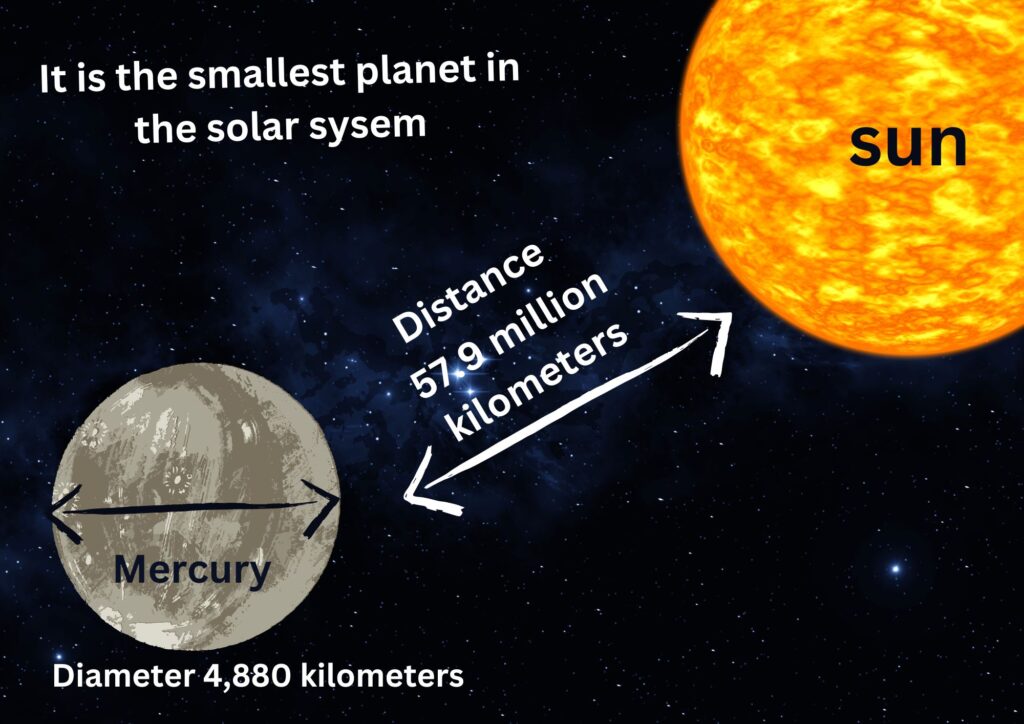
- Mercury is the closest planet to the Sun. And it is the smallest planet in the solar system.
- Its distance from the Sun is 57.9 million kilometers, and it is 38% the size of planet earth.
- Despite being close to the Sun, it is not the hottest planet because this planet has no atmosphere which can hold the heat and keep its surface warm.
- Whatever hit the planet Mercury receives from the Sun, it sends it into the atmosphere. This planet rotates slowly compared to the Earth, that is why its day is a little longer.
- This planet takes 59 earth days to complete one revolution on its axis. Due to the planet being close to the Sun, it takes 88 earth days to complete one revolution around the Sun.
- On Mercury planet, one year is completed in 3 months. The Sun is not visible every day on this planet because sunrise occurs once in 180 Earth days.
- The day temperature on Mercury is 430 degree centigrade and the night temperature is -180 degree centigrade.
5. Some general information about Mars Planet.
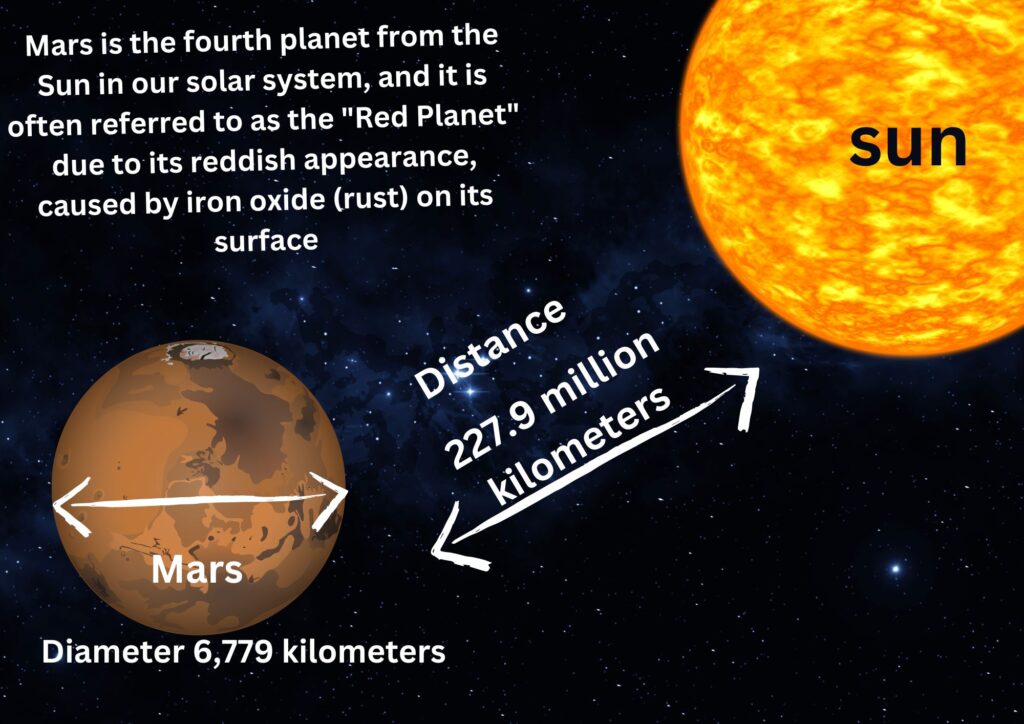
- In our solar system Mars is the fourth planet from the sun & we also called Mars the Red Planet because its colour is red because the iron oxide present on its surface. We know Iron oxide is a mineral and it’s found in Earth’s soil.
- If we look at the planet Mars, seeing its red colour it would seem that this planet would be very hot but it is actually a cold desert.
- Its distance from the Sun is 228 million KM, which is 53% of the size of planet Earth. Like Earth, there are seasons on this planet, also volcanoes there. Marsh have two small moon that is Phobos and Deimos.
- Apart from carbon dioxide, nitrogen oxide, some oxygen and water vapour are also present in its atmosphere.
- There is water on Mars but it is mainly in the form of ice but life is not possible on it. One day of Mars is 24.6 earth days. 1 year of Mars is 687 earths. it’s day.
- In the planet Mars the temperature falls -153 (-225 degree Fahrenheit ) degree Celsius and the higher temperature is 20 degree Celsius (70 degree Fahrenheit).
6. Some general information about Venus Planet.
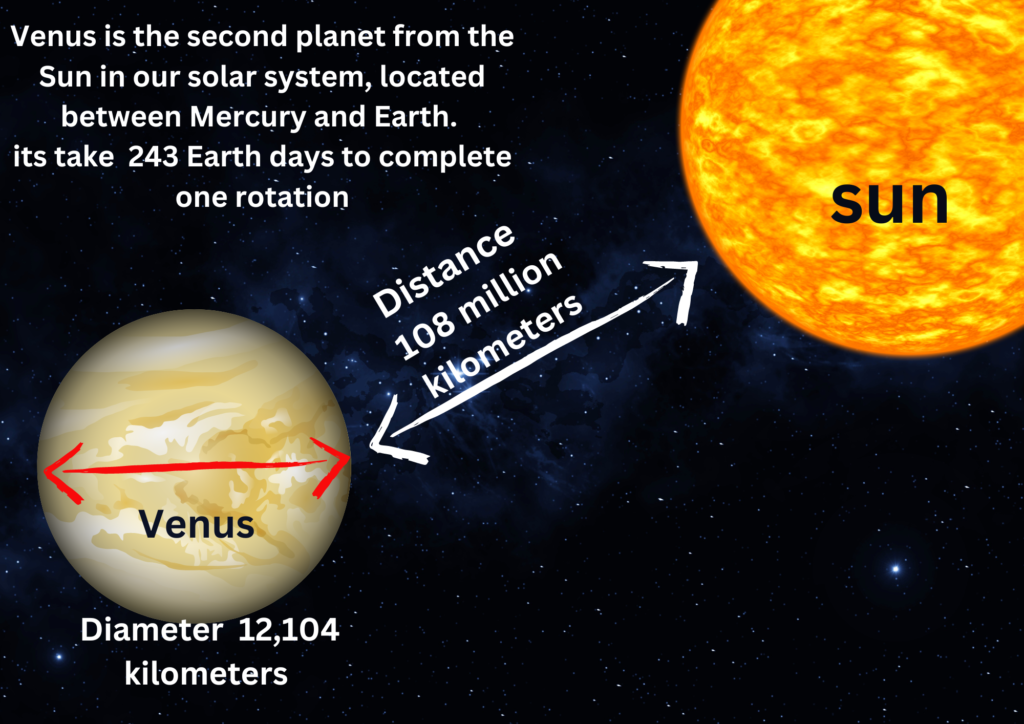
- In our solar system Venus is the second planet from the Sun & its located between Mercury and Earth.
- According to size Venus is similar size to Earth and its diameter of about 12,104 K M. For this reason it’s called as Earth’s sister planet.
- Venus situated at a distance of 108 million KM from the Sun. This planet rotation is relatively slow on its axis. And it’s taking about 243 earth day to complete one rotation.
- One most interesting things about Venus, that is rotation of this planet is opposite direction to most other planets including Earth. Example if you were standing on the surface of this planet you would see the Sun rise in the west and set in the east.
- The atmosphere of this planet is thick of carbon dioxide (CO2) is about 96.5% with sulfuric acid and other gases. Temperature of this planet is about 467 degrees Celsius (872 degree Fahrenheit).
- For this reason it’s create a strong green house effect and make the planet hotter than the surface of Mercury, even though Mercury is closer to the Sun.
- Venus has rocky surface with plains, highland regions and large volcanic structure. It doesn’t have natural moon. Life is impossible in this planet due to extreme temperatures, high and toxic atmospheric pressure.
7. Some general information about Earth Planet.
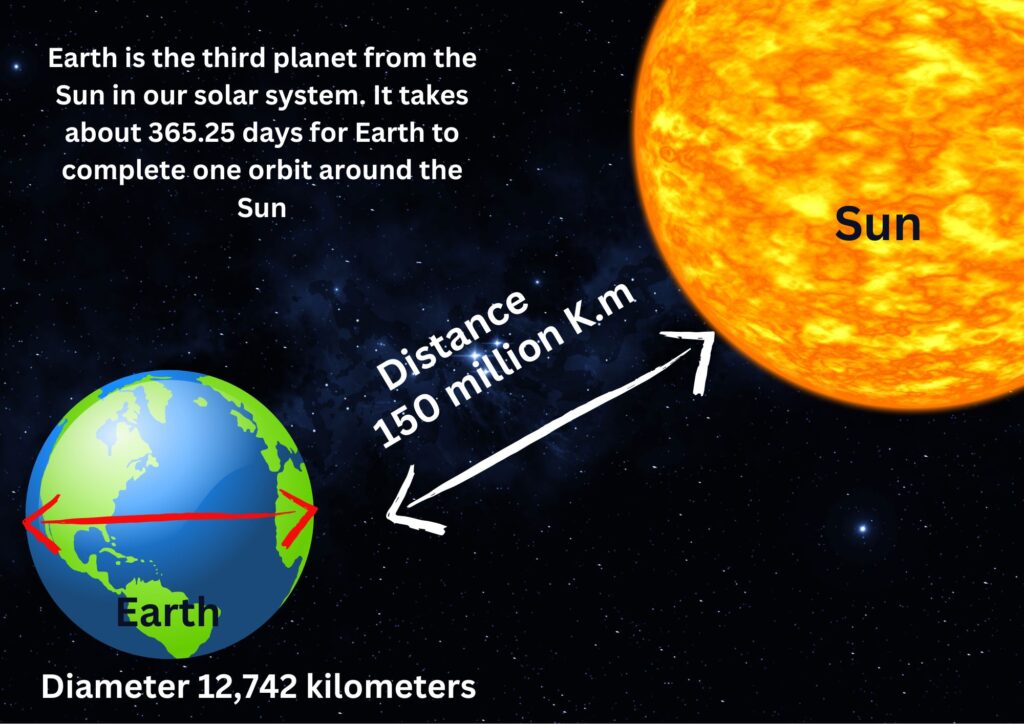
- In our solar system our Earth is the 3rd planet form the Sun. Our planet having diameter is about 12,742 K M. It is the fifth largest planet in our solar system. This planet having metallic inner core with soiled and rocky surface.
- Our Earth orbit the Sun at a distance of approximately 150 million KM. And its take about 365.25 days for complete one orbit around the Sun. This rotation we calculate one year and rotate on its axis it take 24 hour time for creating day and night.
- Nitrogen about 78% and Oxygen about 21% with trace amount of other gases are available like Carbon Dioxide, Neon & hydrogen in the Earth’s atmosphere.
- For this reason its support life by providing oxygen, regulation temperature and protection the planet from harmful solar radiation. Earth has a divers climate with varying temperatures.
- In the Earth 71% of surface is covered by water, primarily in the form of oceans, seas, and other bodies of water.
- It has seven major continents that is Africa, Antarctica, Asia, Europe, North America, Australia and South America. In this surface variety of land forms, including mountains, valleys, plains, deserts.
8. Some general information about Neptune Planet.

- In our solar system Neptune is the eighth and farthest planet. Neptune orbit the sun at an average distance of about 4.5 billion K M. It takes 165 Earth years to complete one orbit around the Sun. This planet has a relatively fast rotation on its axis like its cover its own rotation within 16 hour.
- We called this planet is gas giant similar to Uranus. And also called as Ice giant due to its composition. It is the 4th largest planet in the solar system having diameter of 49,244 K M.
- In its atmosphere there is composed mostly of about 80% of Hydrogen, 19% of Helium and Methane which gives the planet its distinctive blue colour. The atmosphere features strong and dynamic weather patterns, including high-speed winds, massive storms, and dark spots.
- Neptune has a set of faint, dark rings composed of small particles & debris. Neptune has 14 moons. In between them the largest one is Triton.
- Triton is the seventh-largest moon in the solar system and the only large moon with a retrograde orbit.
9. Some general information about Uranus Planet.

- In our Solar system between the eight planet Uranus is the 7TH Planet from the sun. It is classified as an ICE Giant that means this planet is made entirely of ice.
- The diameter of this planet is about 51,118 K,M. This is slightly flattened at the poles and bulging at the equator due to its rotation. For this reason the polar diameter is a bit smaller than the equatorial diameter, measuring around 49,946 K.M.
- The distance of this planet from the sun is about 2.9 billion K.M. Uranus possesses a distinctive characteristic of rotating on its side, with 98 degree axial tilt. Due to this reason it causes the planet’s peculiar and unpredictable seasonal patterns.
- Let’s see the Uranus atmosphere; it is primarily composed of Hydrogen, Helium and Methane. Due to Methane gas it gives the Uranus distinct blue-green colour. Uranus experiences extreme weather with exceptionally strong winds reaching up to 560 K.M per hour.
- There is a circular ring structure around this planet and it is called its ring. These rings are dark and composed of a mix of dust particles and possible small rocks.
- In the study this planet has 27 known moons and the five largest moons are Miranda, Ariel, Umbriel, Titania and the last one is Oberon.
- Uranus has a highly tilted magnetic field. It is one of the coldest planet in our solar system with temperatures dropping low as -224 degree Celsius (-371 degrees Fahrenheit).
10. Some general information about Saturn Planet.
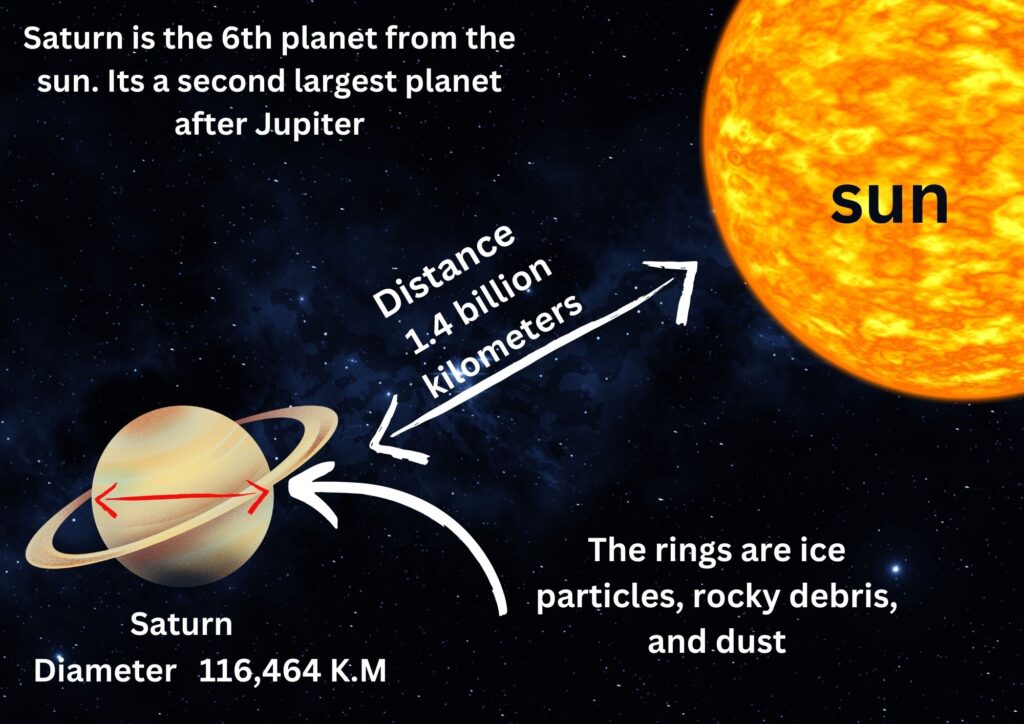
- The planet Saturn is situated at the 6th no of position from the Sun. This planet is easily recognizable by its stunning ring system.
- We know Jupiter is the largest planet in our solar system, and then the second largest planet is Saturn after the planet Jupiter. And the diameter of this planet is about 116,464 kilometers (72,366 miles).
- The planet is composed of gas like hydrogen and helium similar to the planet Jupiter. That’s why it is also known as gas giant. Saturn is famous for its prominent ring system, which consists of ice particles, rocky debris and dust particle. .
- Saturn has a powerful magnetic field, its magnetic field slightly weaker than Jupiter but stronger than Earth. Saturn is visible to the naked eye from Earth and has been observed for centuries.
11. Some general information about Jupiter Planet.
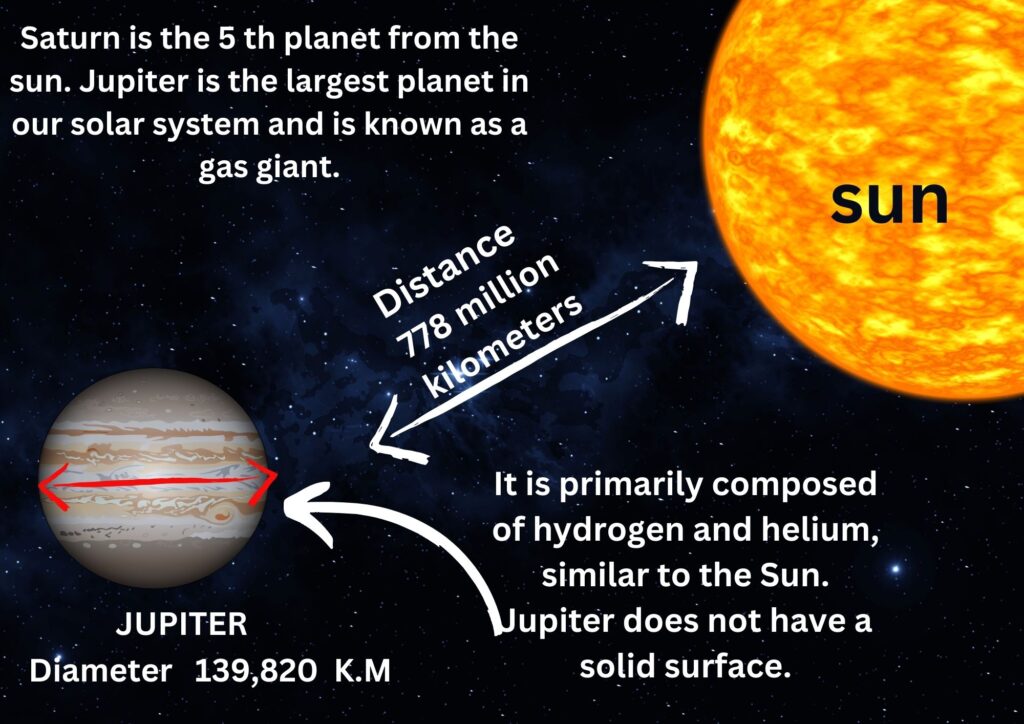
- In our solar system Jupiter is the 5th no of planet from the Sun. We know that Jupiter is the largest planet in our solar system and its diameter is about 86,881 K.M. This planet atmosphere is composed of hydrogen and helium similar to the composition of the Sun.
- Jupiter has a very stronger magnetic field than other planet in our solar system. It has very short day that means completing one rotation on its axis in just about 9.9 hours. For this rapid rotation it causes the planet to have an oblate spheroid shape, meaning it is flattened at the poles and bulging at the equator.
- Jupiter’s magnetic field is 14 times stronger than Earth’s. This magnetic field is created by the reason of metallic hydrogen motion in its interior.